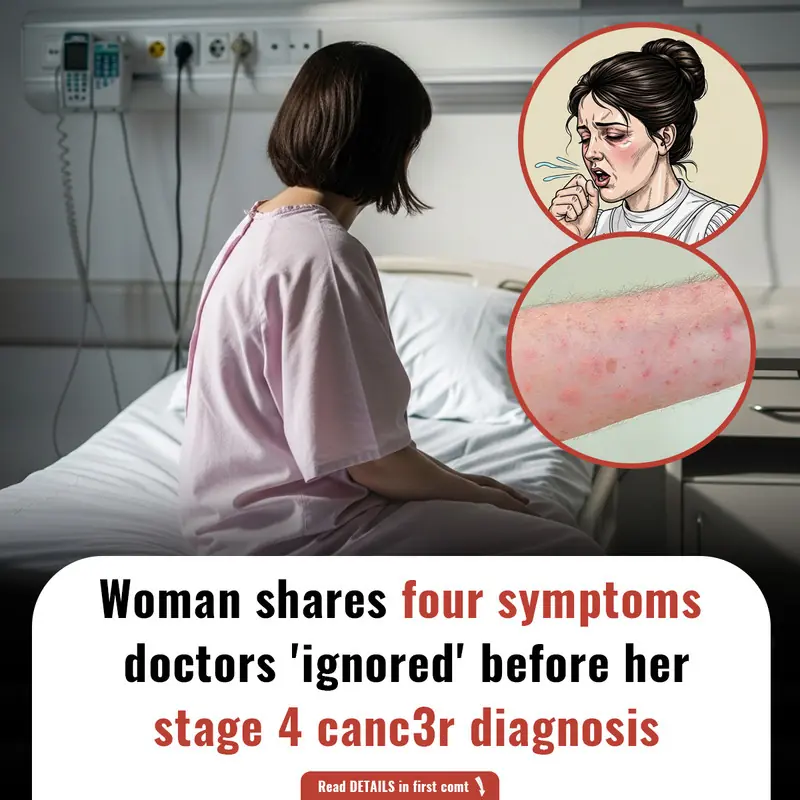
Woman shares four symptoms doctors 'ignored' before her stage 4 canc3r diagnosis
TikToker Hannah says she was 'medically gaslit' for months before her cancer diagnosis
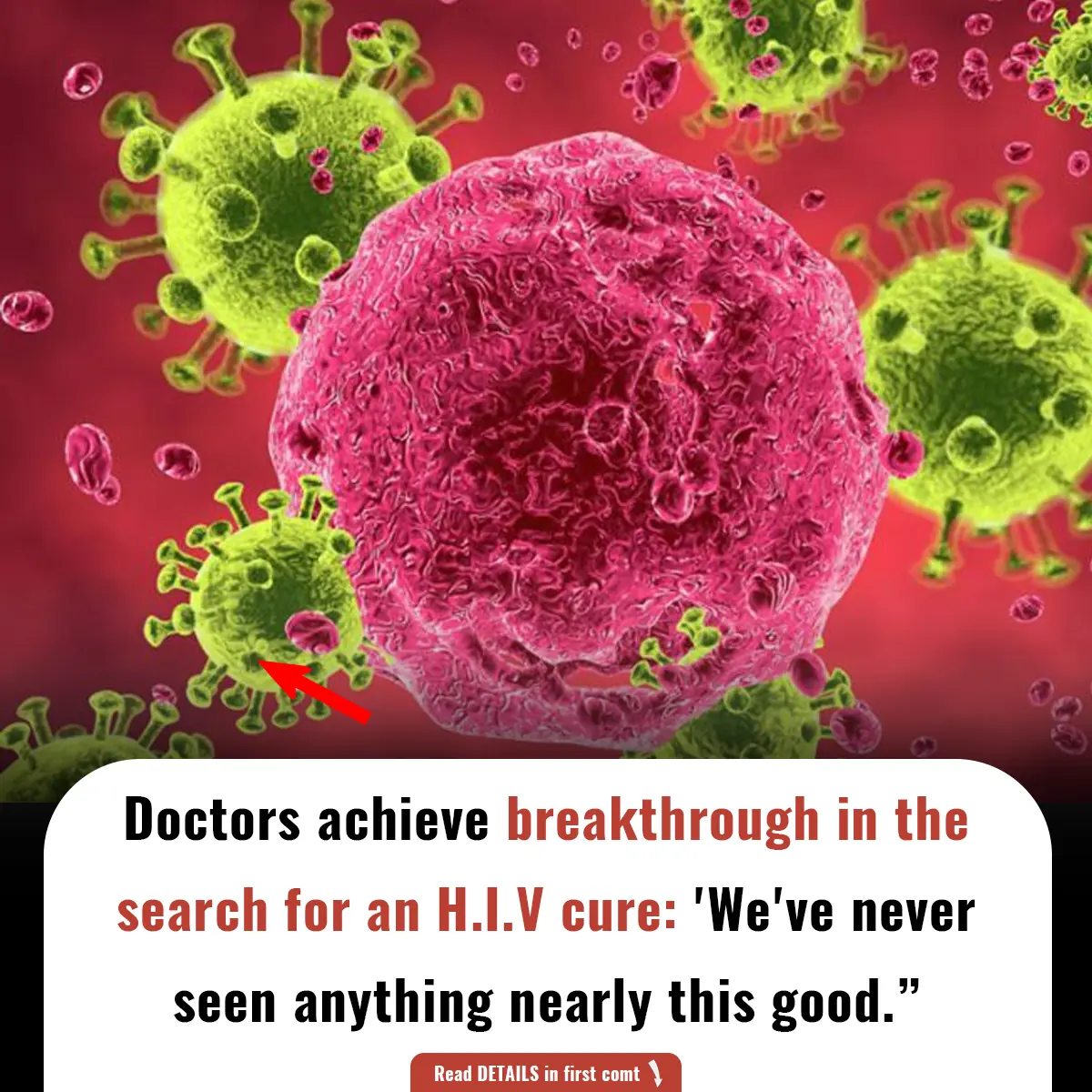
HIV has long remained a challenge to cure, mainly due to the virus's ability to integrate itself into a person's DNA and lie dormant within cells, making it undetectable to both the immune system and medication. However, researchers in Australia have achieved a significant breakthrough that could lead to a major step in HIV treatment.
Scientists have developed a novel nanoparticle that can deliver genetic instructions to infected cells, compelling them to produce a signal that reveals the virus’s presence. This innovation opens up the possibility for the body, aided by antiviral drugs, to detect and destroy these hidden viral reservoirs, marking a crucial advance in the fight against HIV.
Dr. Paula Cevaal, a research fellow at the Doherty Institute and co-author of the study, described the discovery as something "previously thought impossible." She expressed cautious optimism, acknowledging that while many medical innovations don't always reach clinical application, the response to this new treatment has shown unprecedented promise. "In terms of specifically the field of HIV cure, we have never seen anything close to as good as what we are seeing, in terms of how well we are able to reveal this virus," Dr. Cevaal stated.
This breakthrough has sparked significant excitement in the medical community, as it could potentially offer a new avenue for curing HIV. The research was first published in the journal Nature Communications, where the scientists revealed that they had to re-run the tests due to the astonishing results. Despite the promising findings, further research is necessary to determine if revealing the virus is enough to trigger a sufficient immune response. The tests so far have been conducted in the lab, and it will likely take years before clinical trials for the new treatment begin.
Understanding the Nanoparticle Technology and its Impact on HIV
The researchers’ use of nanoparticles is a key part of this discovery. These nanoparticles, based on mRNA technology, work similarly to the mRNA used in COVID-19 vaccines. The nanoparticle delivers mRNA instructions to infected cells, prompting them to generate substances that signal the presence of HIV. Importantly, these signals are produced only if the virus is present, making it a highly targeted approach.
In the lab, the researchers applied this nanoparticle to cells donated by HIV patients, revealing that the nanoparticle was capable of forcing dormant HIV to expose itself. This development represents a major advancement in the treatment of HIV, as the virus can often hide in reservoirs within the body, making it difficult to detect and treat effectively.
While this technique has been shown to work in laboratory settings, it remains to be seen whether it can be applied to human subjects with the same level of success. The researchers are hopeful, but they caution that much work remains to be done.
HIV’s Persistent Challenges and the Importance of Early Detection
HIV’s ability to lie dormant in the body’s cells has made it particularly difficult to cure. The virus’s presence is typically hidden from both the immune system and antiviral medications, meaning that even when patients take treatment, the virus can remain in reservoirs throughout the body. This is why early detection and targeted treatments are so critical.
In the case of HIV, timely intervention is crucial. Dr. Mezher emphasized that, while this breakthrough offers hope, early detection is key to preventing further damage. "The risk of rupture increases with the size of the aneurysm, high blood pressure, and other factors like smoking or a family history," he explained. "That's why early detection is critical."
By identifying the virus early and intervening before it spreads or develops resistance, patients could potentially benefit from treatments that would eliminate the virus more effectively. The development of such treatments could change the landscape of HIV care, reducing the need for daily antiviral medication and possibly leading to a functional cure for the disease.
Global Impact and Future Outlook
The significance of this research extends beyond individual patients. According to the Centers for Disease Control and Prevention (CDC), approximately 1.2 million Americans are living with HIV, and around 31,800 new infections occur each year. Globally, nearly 40 million people are affected by the virus. These figures highlight the urgent need for a cure or more effective treatments for HIV.
In addition to the physical benefits for HIV patients, this breakthrough could also have a profound psychological impact. Living with HIV often involves long-term, daily treatment regimens, and the uncertainty of a cure. A successful treatment that addresses the hidden reservoirs of HIV could offer new hope to millions of people around the world.
However, the path to widespread use of this treatment remains long. As the researchers continue to explore the potential of this nanoparticle technology, they will need to conduct extensive clinical trials to ensure its safety and efficacy in human subjects. But for now, the excitement surrounding this discovery is palpable, and researchers are optimistic about its potential to revolutionize HIV treatment.
A Step Forward for the HIV Cure
This breakthrough marks an important milestone in the search for an HIV cure. While there is still much work to be done before this treatment can be made available to the public, the possibility of eradicating HIV from the body is now closer than ever before. The development of this nanoparticle-based treatment could pave the way for new, more effective therapies, offering renewed hope for millions of people living with HIV worldwide.
For now, researchers are continuing to refine the technology, conducting further experiments to determine its applicability in clinical settings. As the fight against HIV continues, this breakthrough provides a glimpse of a future where the virus could be fully cured, and millions of lives could be improved. The significance of this research cannot be understated, and it represents a hopeful step forward in the quest for a cure for HIV.

TikToker Hannah says she was 'medically gaslit' for months before her cancer diagnosis

In the scorching summer heat, air conditioners are the "lifeline" many rely on at home and in the office. Given their high energy consumption, people are always looking for ways to reduce electricity usage, with turning them off when not in use being a co

For Years Without Removing Makeup, a 37-Year-Old Woman Suffered Severe Allergic Reactions, Leaving Her Face Swollen and Distorted.

Summer Isn't Over Yet, But Electric Bills Are Soaring – Here's Why Your Air Conditioner Might Be to Blame

Megan Johnson spent four years wondering what was going on with her swollen abdomen

5 benefits of drinking Carrot and Ginger Juice regularly

Matthew Kelly revealed what hospice nurses said to him

I Wish I Had Known This Trick Sooner!

Georgia Gardiner began experiencing sickness and stomach cramps out the blue last summer, and was prescribed acid reflux medication by her GP.

Plus, other health risks to be aware of when firing up the BBQ this weekend

Discover how emotions like anger, grief, worry, stress, and fear can h@rm your body. Learn the connection between emotional health and physical well-being, including effects on the liver, heart, brain, and more.
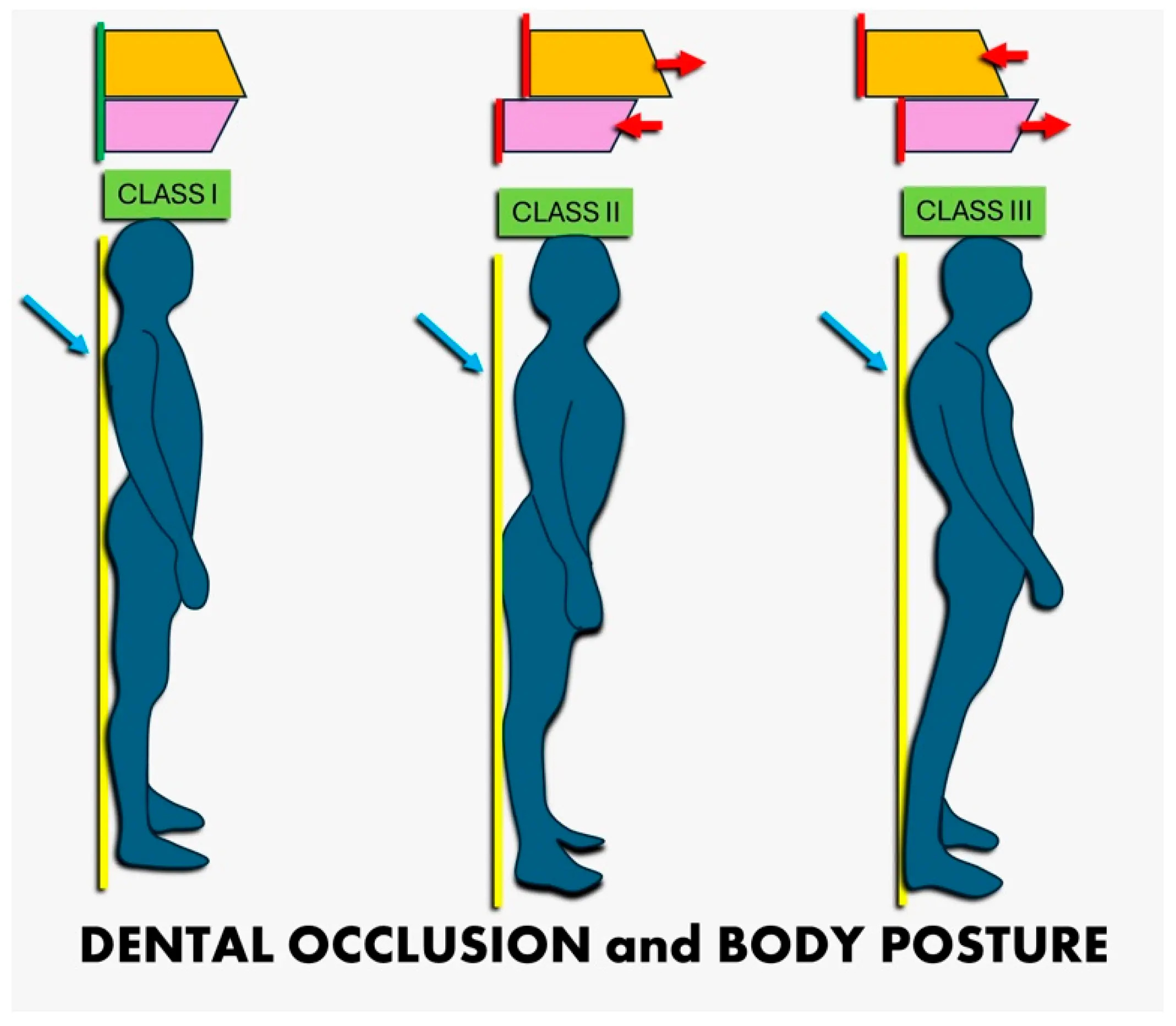
Discover how your jaw position can influence your body posture. Learn how misalignments like malocclusion affect balance, posture, and athletic performance. Improve your alignment with expert insights.

Discover the surprising link between tongue posture and overall body alignment. Learn how mouth breathing and tongue position affect posture, breathing, and even foot health through the body's fascial network.
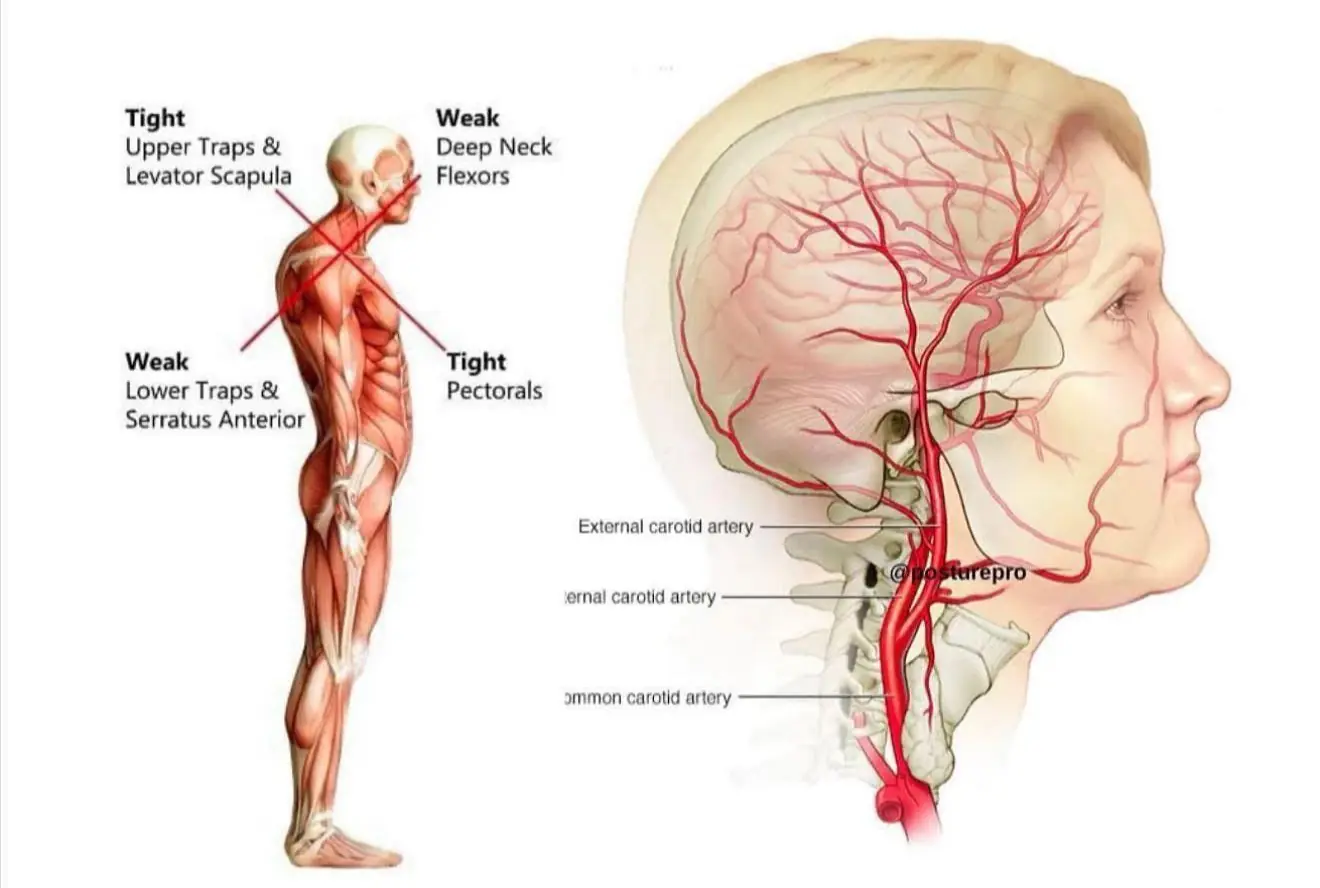
Discover how forward head posture (FHP) can disrupt bl00d flow to the brain, causing symptoms like anxiety, mental sluggishness, and even musculoskeletal issues. Learn how correcting posture can improve cerebral bl00d flow and brain health.

The rising incidence of digestive health issues, including SIBO and cancers like bowel and pancreatic cancer, underscores the importance of early detection and proactive health measures.

Discover how walking for just 40 minutes, three times a week, can improve your brain health. A simple exercise to boost memory and promote brain growth, supported by scientific research.
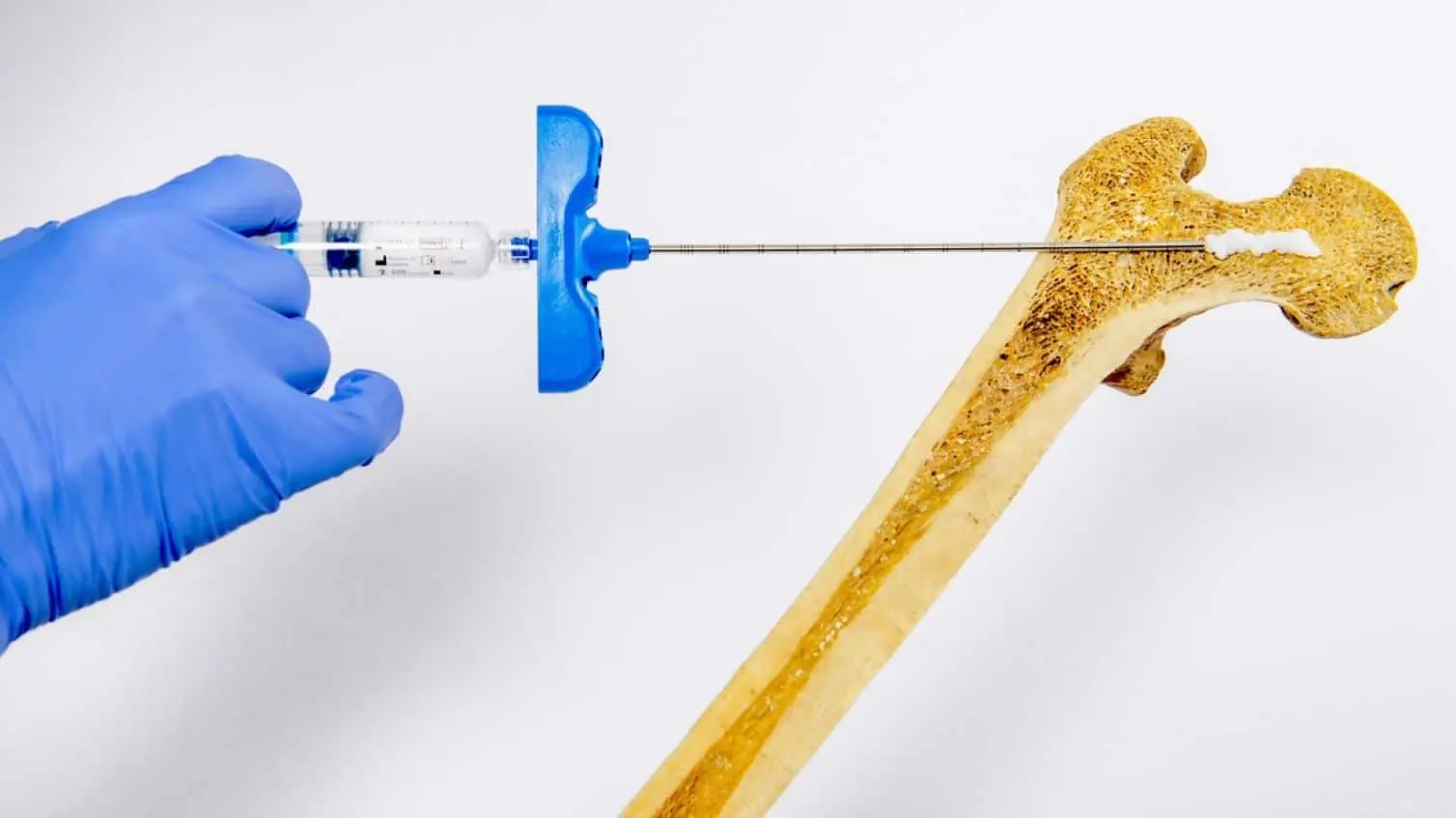
Learn about a groundbreaking injectable hydrogel that enhances bone density and helps treat osteoporosis, with early studies showing promising results for better bone health and recovery.

Discover the science behind innate and learned fears, from acrophobia and phonophobia to social judgment and more. Learn how developmental psychology explains the origin of fear and its evolutionary purpose.

Waterproof makeup, especially mascara, is a beloved beauty product for many due to its durability and staying power. However, as highlighted by experts, the potential harm it can cause to eye health, particularly by exacerbating dry eye symptoms and trigg

Saving money is wise — but not when it comes at the cost of your family’s health and safety. Here are 9 everyday items I strongly urge you to stop using, no matter how practical they may seem.

TikToker Hannah says she was 'medically gaslit' for months before her cancer diagnosis

In the scorching summer heat, air conditioners are the "lifeline" many rely on at home and in the office. Given their high energy consumption, people are always looking for ways to reduce electricity usage, with turning them off when not in use being a co

For Years Without Removing Makeup, a 37-Year-Old Woman Suffered Severe Allergic Reactions, Leaving Her Face Swollen and Distorted.

Summer Isn't Over Yet, But Electric Bills Are Soaring – Here's Why Your Air Conditioner Might Be to Blame

Megan Johnson spent four years wondering what was going on with her swollen abdomen

5 benefits of drinking Carrot and Ginger Juice regularly

Matthew Kelly revealed what hospice nurses said to him

I Wish I Had Known This Trick Sooner!

By combining these oils with nourishing carriers like coconut oil, castor oil, and olive oil, you can create potent DIY treatments that target various hair concerns - from preventing hair fall to boosting growth and thickness.

Young Christian's incredible two-year journey to grow and donate his hair for "Children With Hair Loss" is a testament to compassion. Discover his inspiring story of resilience, overcoming b:u:IIy!ng and cr!ticism to make a powerful difference for kids in

Discover how third-grader Wyatt Erber chose kindness over toys—donating his $1,000 scavenger hunt prize to help a young neighbor battling leukemia.

Georgia Gardiner began experiencing sickness and stomach cramps out the blue last summer, and was prescribed acid reflux medication by her GP.

Discover the heartwarming story of a Chicago police officer’s act of kindness toward a homeless man, proving that even the smallest gestures can make a big difference in a world full of negativity.

Born to teenage parents, a daughter shares her family's incredible journey from societal judgment to a life of love and success. This heartwarming story of resilience, unwavering commitment, and generational triumph will inspire.

Plus, other health risks to be aware of when firing up the BBQ this weekend

Discover how a simple ride in a combine and a few kind words changed the life of a shy young girl. A touching story about breaking gender stereotypes and showing kids they can do anything.

Katherine always felt like an outsider in her family, where her mother and sister received all the attention. After her father's de@th, her life changed unexpectedly. Kate's husband betrayed her with her sister for an inheritance, and then, sh0cked by new

By combining the powerful antioxidant properties of cloves with the cooling effects of ice, you can enjoy tighter, firmer skin with regular use.

A powerful story of a mother who overcame betrayal and built a better life for her children. Through forgiveness and resilience, she learns to heal and create a future of love and strength.

Combining the best of rice water, aloe vera, and other skin-loving ingredients, it provides a gentle yet effective solution for a glowing, youthful complexion.